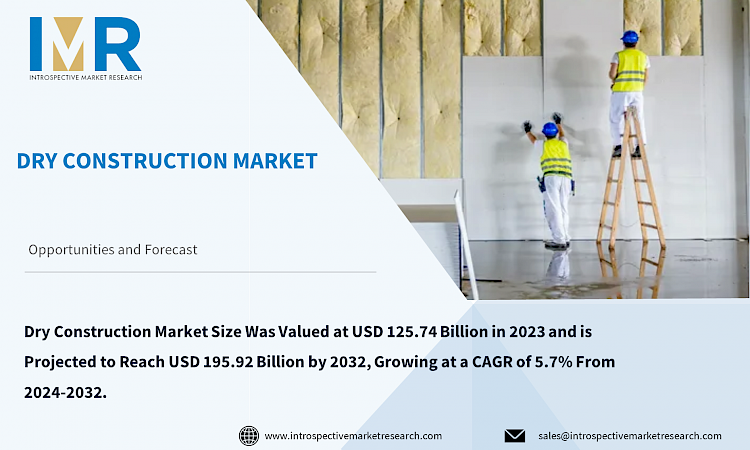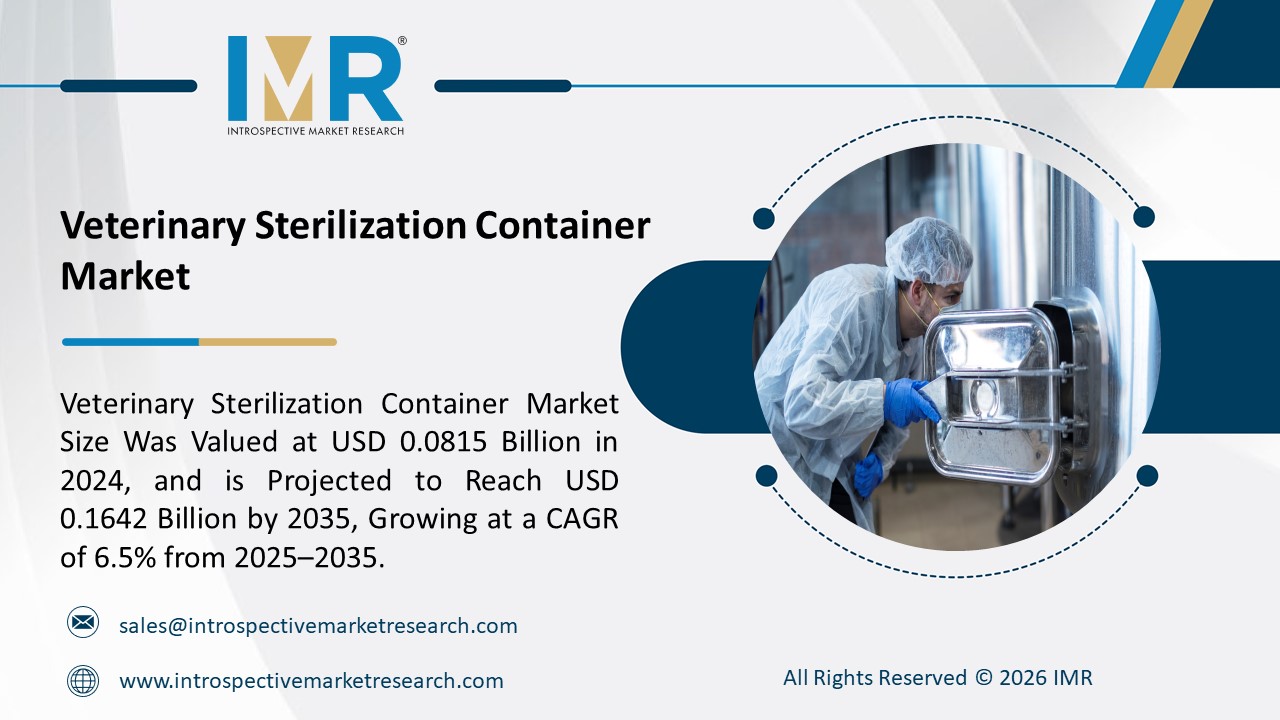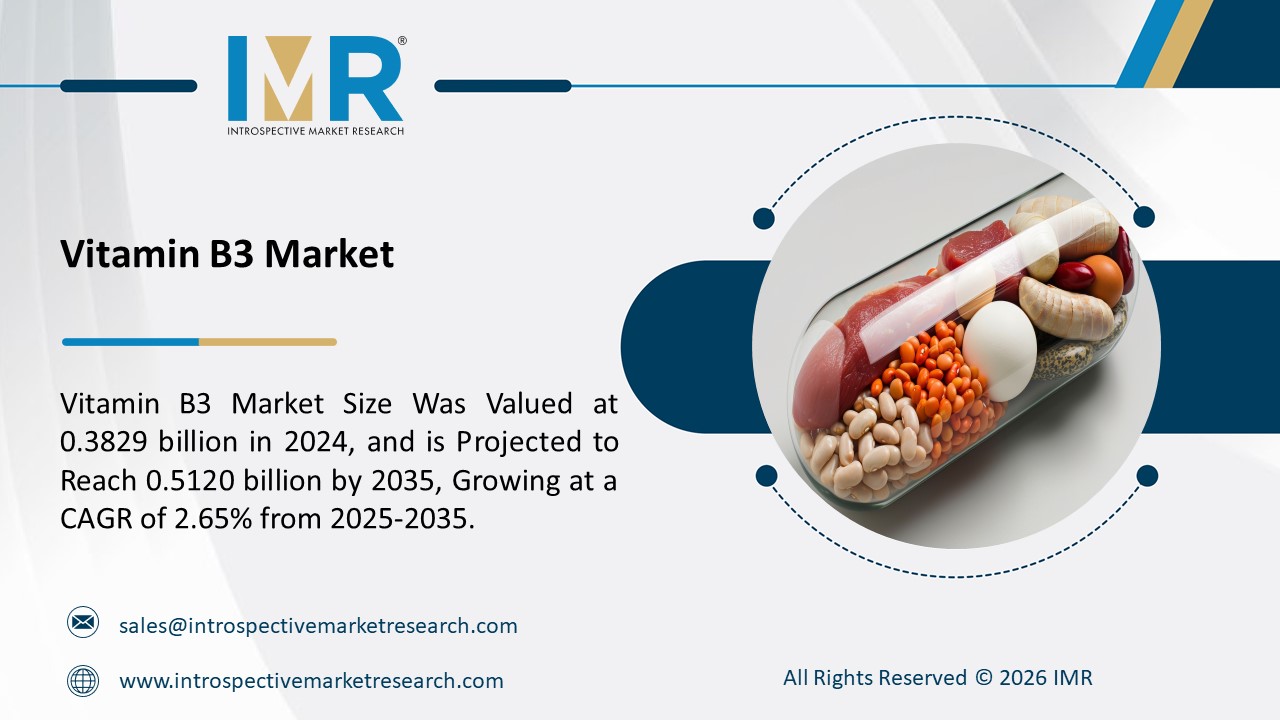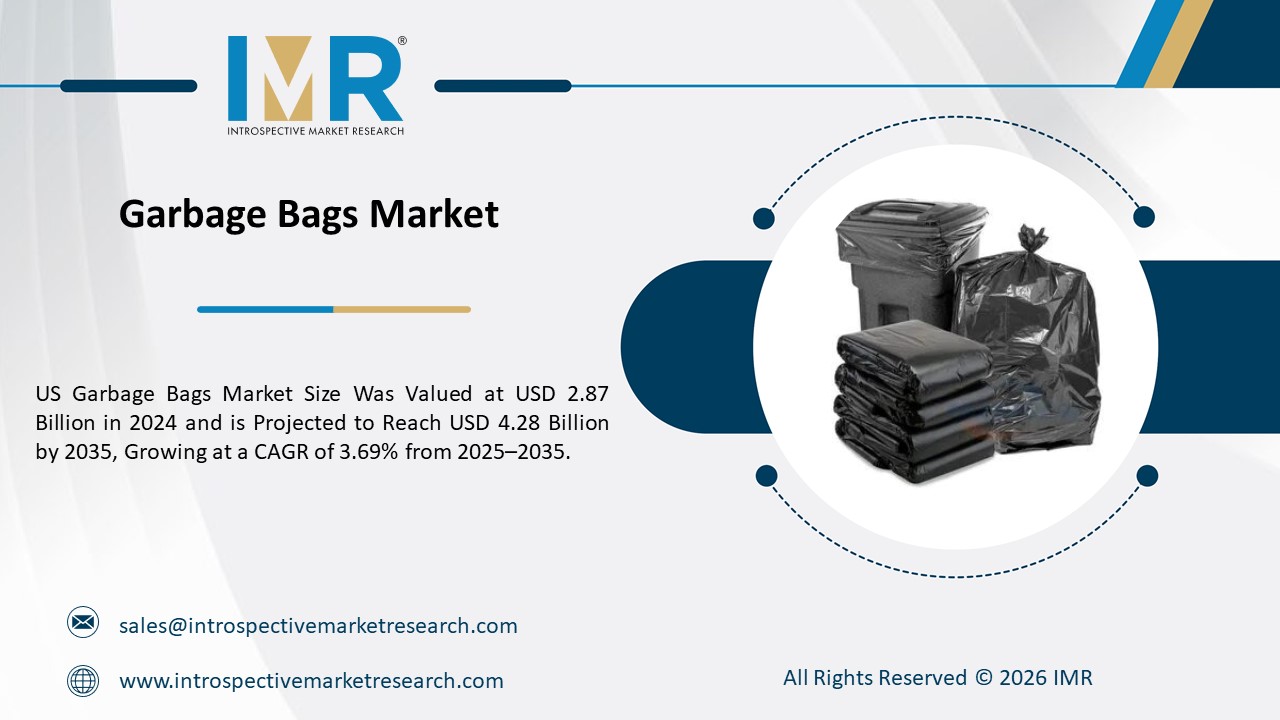
Dry Construction Market
According to a new report published by Introspective Market Research, titled, ?Dry Construction Market by Application and Packaging Type: Global Opportunity Analysis and Industry Forecast, 2024?2032,?
the Dry Construction Market Size Was Valued at USD 125.74 Billion in 2023 and is Projected to Reach USD 195.92 Billion by 2032, Growing at a CAGR of 5.7% From 2024-2032.
The dry construction market, characterized by the use of prefabricated or pre-engineered components, is experiencing substantial growth. Utilizing materials like metal, wood, and gypsum boards with lightweight frames, dry construction is efficient, cost-effective, and environmentally sustainable. Its ability to reduce timelines through off-site manufacturing and swift assembly makes it appealing across residential, commercial, and industrial sectors. The market's expansion is driven by the demand for sustainable and efficient construction methods, aligning with the global industry's shift towards minimal water usage and enhanced precision. This trend underscores the evolving construction landscape's emphasis on efficiency and sustainability.
According to the global Dry Construction market analysis, the market is segmented into Type, Material, System, Application, and region. By Type, the market is categorized into Supporting Framework & Boarding. By Material, the market is categorized into Metal, Wood, Plasterboard, Plastic, and others. By System, the market is categorized into Wall, Ceiling, Flooring, and others. By Application, the market is categorized into Residential and non-residential. By region, it is analyzed across North America (U.S.; Canada; Mexico), Eastern Europe (Bulgaria; The Czech Republic; Hungary; Poland; Romania; Rest of Eastern Europe), Western Europe (Germany; UK; France; Netherlands; Italy; Russia; Spain; Rest of Western Europe), Asia-Pacific (China; India; Japan; Southeast Asia, etc.), South America (Brazil; Argentina, etc.), Middle East & Africa (Saudi Arabia; South Africa, etc.).
The recycled content packaging segment held the major Dry Construction market share and is likely to remain dominant throughout the Dry Construction market forecast period. Biodegradable products associated with bioplastics have flourished in healthcare and pharmaceutical applications, and are accepted as an alternative to polymer oil-based products. In addition, reverse logistics along with an increase in several legislations for ecological packaging techniques facilitated the recycling of municipal wastes.
Food & beverage packaging was the highest revenue generator with around 60% of the total revenue generated by the application in the Dry Construction market. This segment includes the packaging of FMCG products, dairy products, and beverages. Healthcare is one of the fastest-growing industries that employs Dry Construction. Medicines comprise complex chemical solutions that have the potential to react with the harmful chemicals in the packaging material and destroy the medicine composition. This factor is driving the healthcare Dry Construction segment.
Global Dry Construction Market, Segmentation
The Dry Construction market is segmented based on type, material, system, application, and region.
Type:
The type segment is further classified into Supporting Framework & Boarding. Among these, the supporting framework sub-segment accounted for the highest market share in 2023. The supporting framework is vital for dry construction projects, providing essential stability and support for prefabricated components like gypsum boards and metal panels. Made from lightweight materials such as steel or aluminum, these frameworks enhance efficiency and adaptability, allowing for rapid assembly and disassembly. This flexibility is crucial for meeting evolving construction demands. Additionally, their modular nature and use of recyclable materials contribute to sustainability and cost savings. Supporting frameworks are indispensable in diverse building types, from residential to industrial, ensuring structural integrity and facilitating innovative architectural designs efficiently and economically.
Material:
The application segment is further classified into the Metal, Wood, Plasterboard, Plastic, & Others. Among these, the Plasterboard sub-segment is anticipated to show the fastest growth by 2032. The dry construction market has seen the Plasterboard segment capture the largest share within the material category, underscoring its dominance. Plasterboard, also known as gypsum board or drywall, is favored for its versatility and adaptability in constructing interior walls and ceilings. Its popularity stems from attributes such as fire resistance, sound insulation, and ease of installation, making it a preferred choice across various construction projects. This significant market share reflects its widespread application in residential, commercial, and industrial sectors, highlighting the industry's reliance on Plasterboard for achieving structural integrity and aesthetic appeal.
Region:
The Dry Construction market in Asia-Pacific is projected to show the fastest growth by 2032. The dry construction market has grown rapidly and surpassed traditional building approaches. The on-site assembly of prefabricated construction components, such as gypsum boards, metal frames, and insulating materials, has various advantages. Dry building, in particular, provides a faster construction duration, less waste, and more environmental sustainability than previous approaches.
Rapid population growth and urbanization, notably in China and India, have played a significant role in the rise of dry building in the Asia Pacific area. The pressing need for quick and cost-effective construction methods, spurred by the need for inexpensive housing choices, makes dry construction an appealing answer. Its ability to dramatically reduce building timetables and costs coincides perfectly with the region's dynamic growth scenario.
Furthermore, the Asia-Pacific area highlights an increasing commitment.
Some of The Leading/Active Market Players Are-
- USG Corporation (US)
- CertainTeed Corporation (US)
- Armstrong World Industries (US)
- Knauf Insulation (US)
- James Hardie Industries plc (US)
- Saint-Gobain (France)
- CRH plc (Ireland)
- Kingspan Group plc (Ireland)
- Rockwool International A/S (Denmark)
- Nippon Steel Kowa Real Estate Co. (Japan) and Other Active Players
Key Industry Developments
- In September 2023, Summit Materials, the fourth-largest cement producer in the U.S., has acquired Argos USA for $3.2 billion, aiming to strengthen its presence in the construction materials sector and potentially reshape supply chain dynamics.
- In February 2023, Littlejohn & Co. acquired Ardurra Group, boosting investor confidence in the construction sector's expansion prospects. This strategic move aligns with market trends and infrastructure development, attracting investors seeking stable returns and long-term growth opportunities.
Key Findings of the Study
- By Material, the Plasterboard segment held the largest share of 45.3% in 2022 of the total Dry Construction market.
- The APAC region is expected to continue to lead the market followed by North America during the forecast period.
- The dry construction market encompasses a construction methodology that relies on prefabricated or pre-engineered building components, minimizing the reliance on traditional wet trades such as plastering and cementing.





